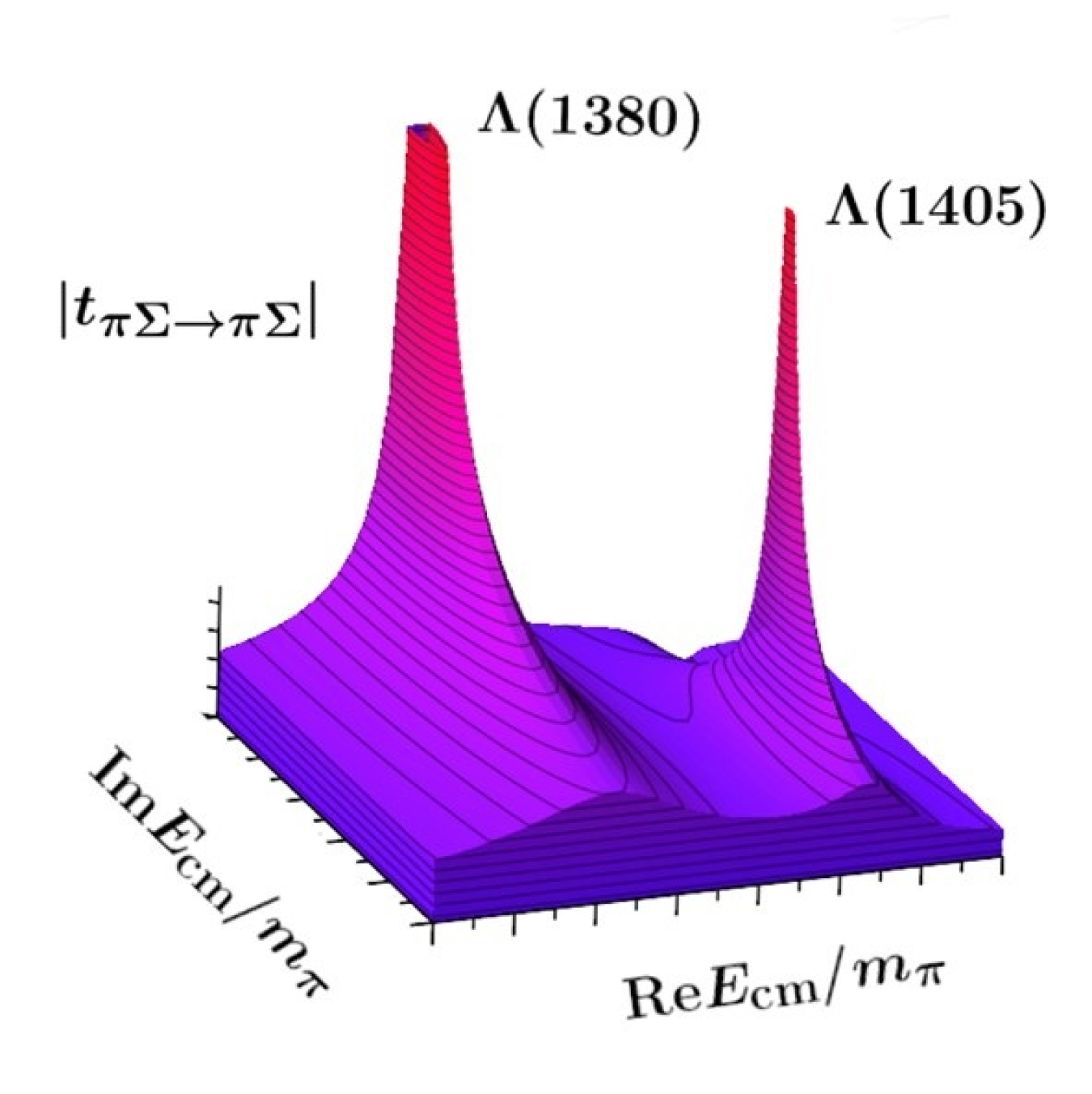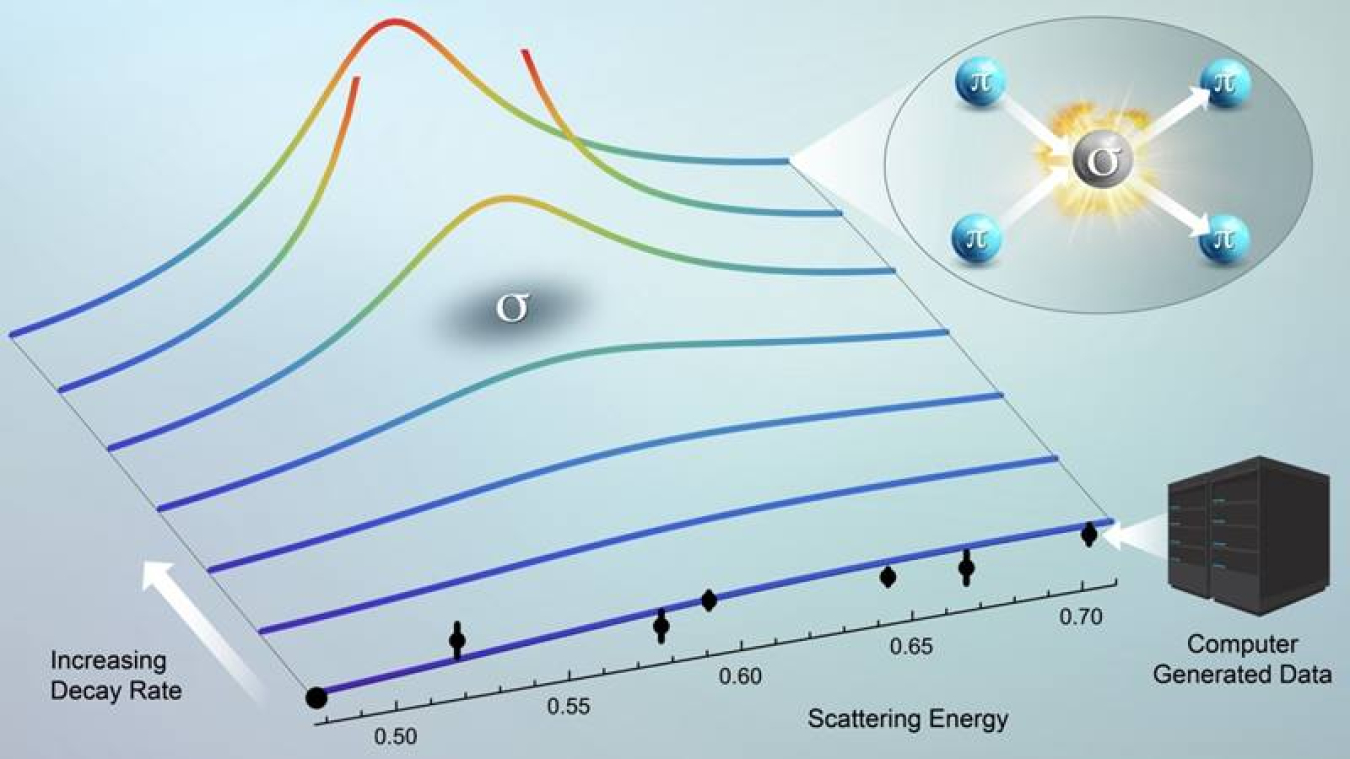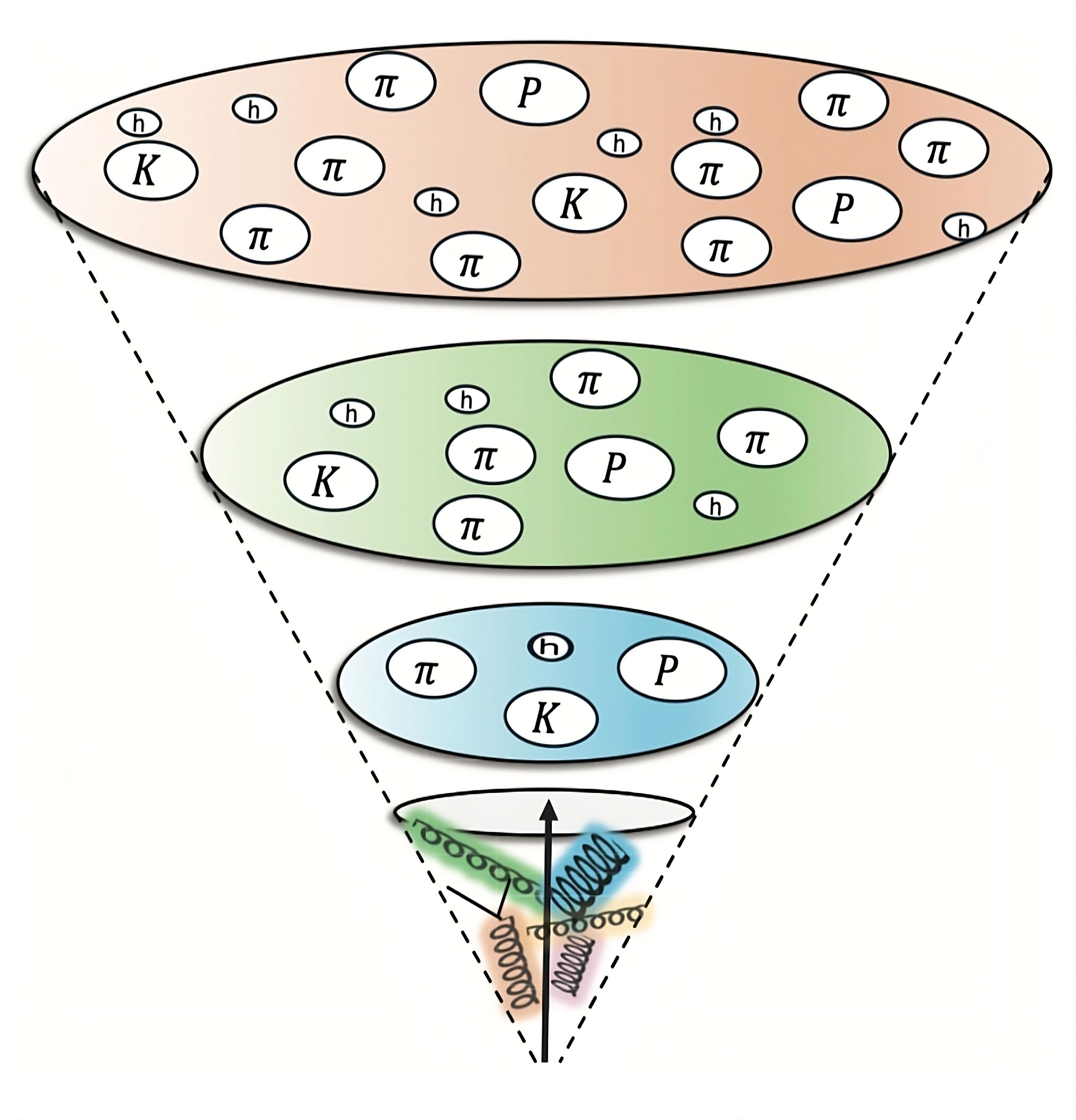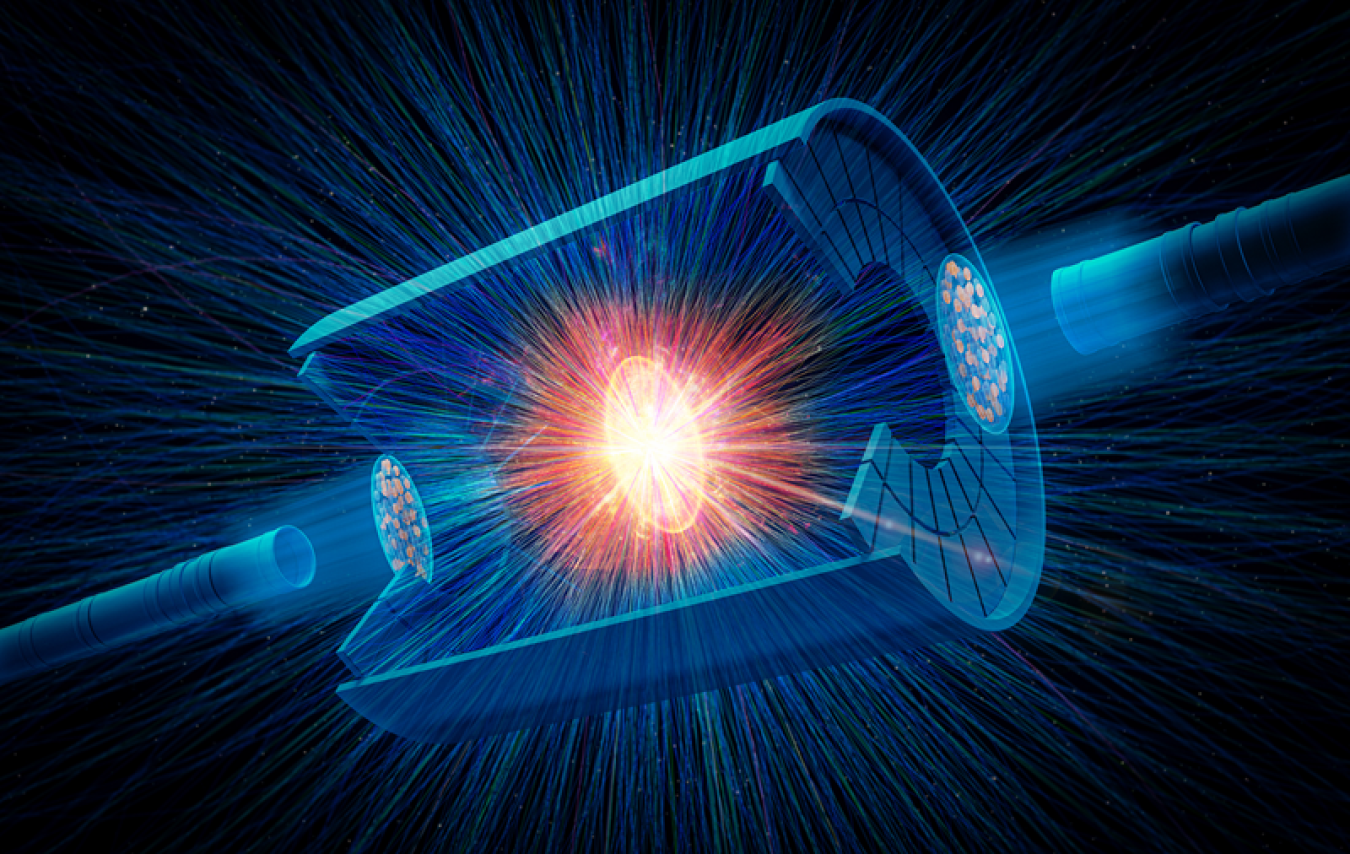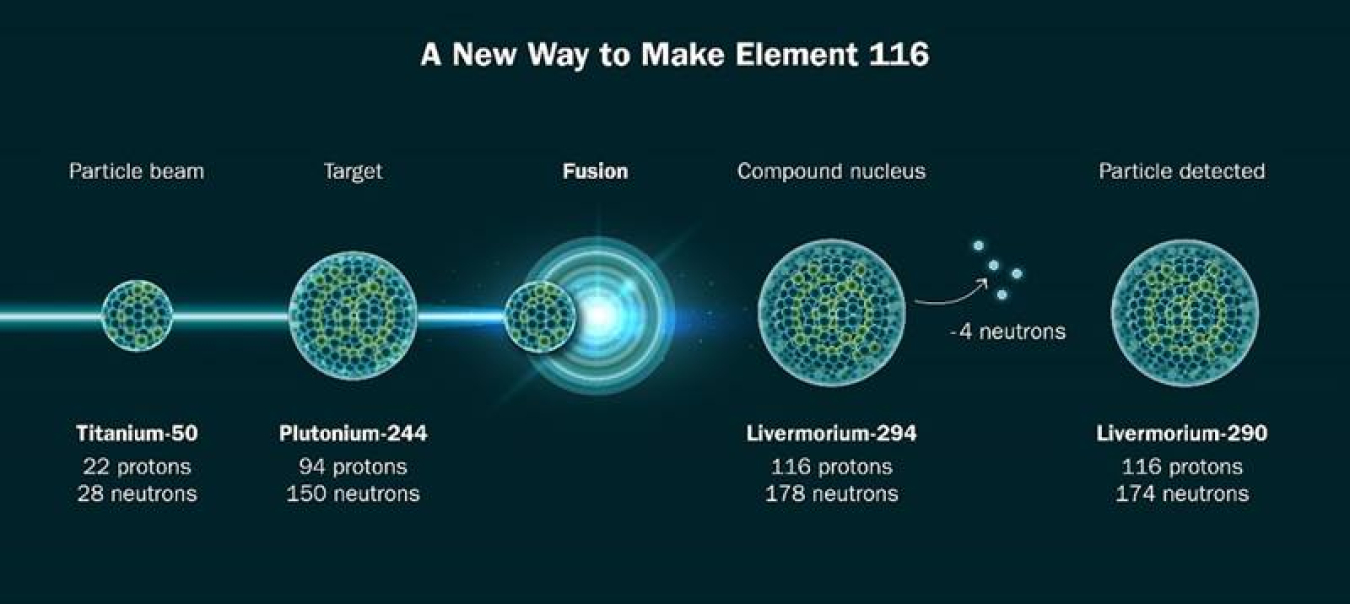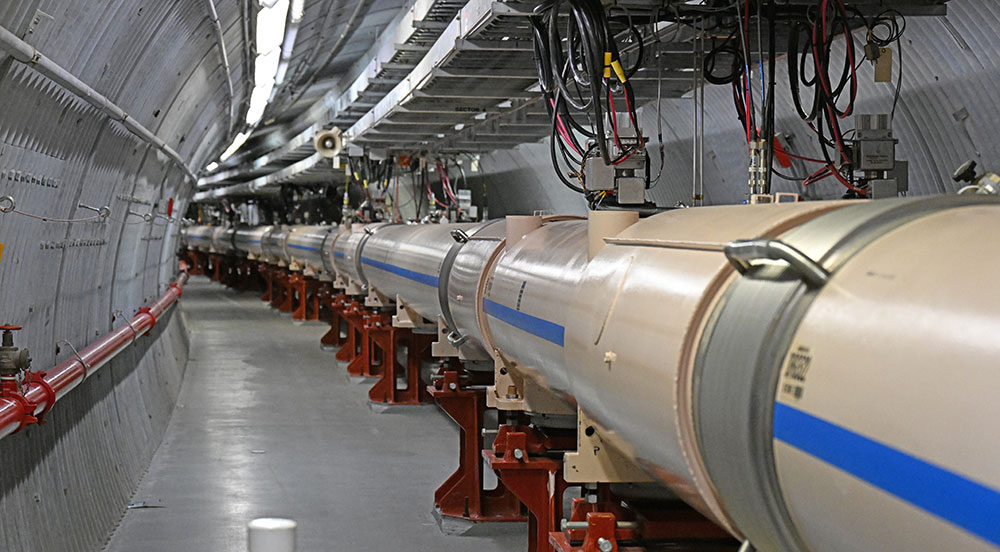To Understand a Special Hadron, Researchers Turn to Supercomputers and Quantum Chromodynamics
Department of Energy, Office of ScienceThe short-lived hadron resonance lambda 1405 was predicted in the late 1950s and early 1960s, then confirmed experimentally later in the 1960s. This resonance has unusual properties that make it an important subject for nuclear physics studies. In this project, researchers used quantum chromodynamics and supercomputing facilities to determine that the lambda 1405 resonance represents two hadrons, not one.
